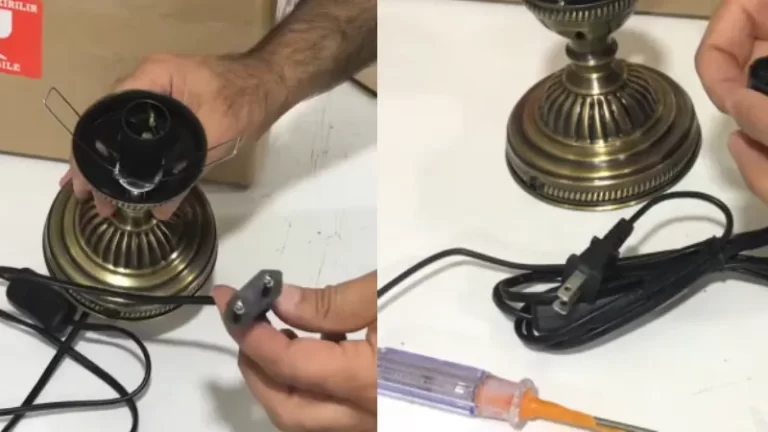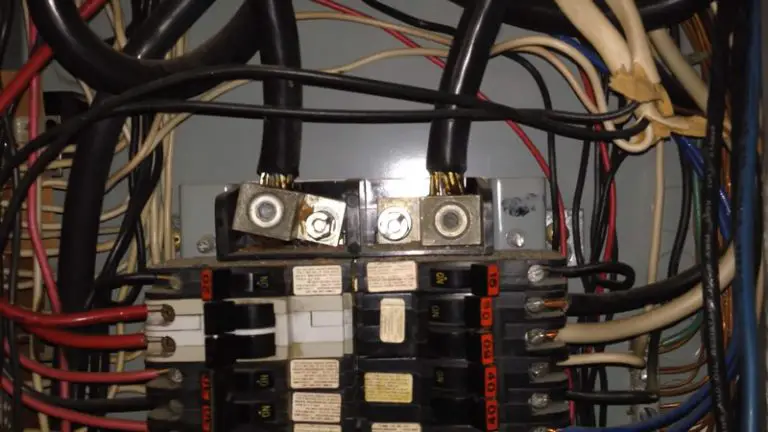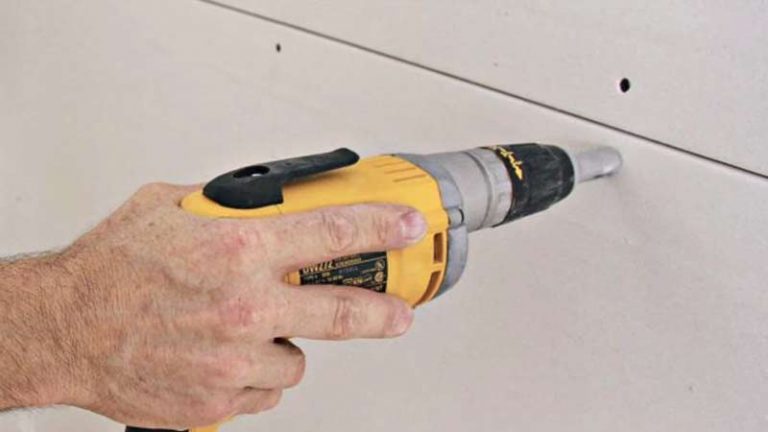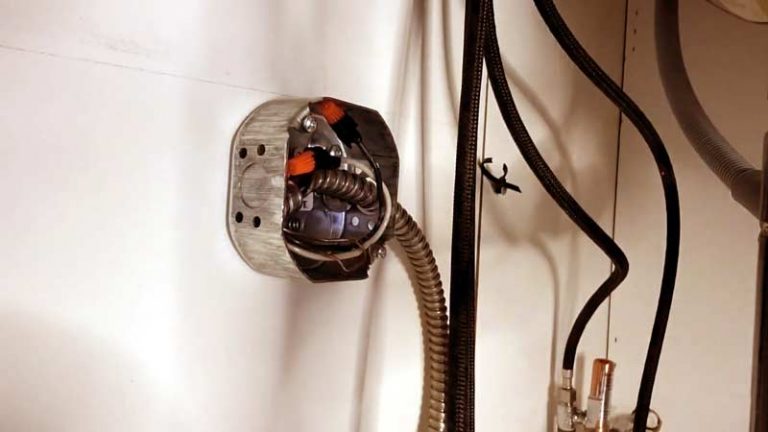100 Amp Car Charger: Is Your Home Ready for Lightning-Fast EV Charging?
You bought an electric vehicle for its incredible performance and the dream of waking up to a full “tank” every morning. But as you delve into home charging options, you encounter terms like “100-amp car charger” and visions of topping off your massive EV battery in just a few hours dance in your head. It sounds like the ultimate upgrade for any EV owner.
The problem is, this immense power isn’t a simple plug-and-play solution. Most homes are fundamentally unprepared for such a massive electrical load, and frankly, most EVs can’t even accept that much power from a home charger. This creates a frustrating gap between the desire for ultimate charging speed and the reality of what’s safe, practical, and necessary.
This article cuts through the confusion. We’ll explore what a 100-amp car charger really is, the critical requirements for your home’s electrical system, whether your car can even handle it, and the real-world costs involved. The solution isn’t always more power, but the *right* power for your specific situation.
You'll Learn About
What Exactly Is a 100-Amp Car Charger?
First, let’s clarify the terminology. The device you install in your garage is technically called Electric Vehicle Supply Equipment, or an EVSE. The actual “charger” is built into your car. The EVSE’s job is to safely deliver household Alternating Current (AC) power to your vehicle.
When we say “100-amp car charger,” we’re referring to an EVSE installed on a dedicated 100-amp circuit. Due to safety regulations known as the 80% rule, this setup continuously delivers 80 amps of power. At a standard 240 volts, this translates to a whopping 19.2 kilowatts (kW) of charging power, the current maximum for Level 2 AC charging in North America.
To put that in perspective, a typical plug-in Level 2 charger on a 50-amp circuit delivers 40 amps (9.6 kW). A 100-amp setup literally doubles that power. It’s the pinnacle of home charging speed, but that power comes with significant demands.
The Brutal Truth: Can Your EV Even Handle 100 Amps?
This is the most critical question, and for most EV owners, the answer is no. The ultimate bottleneck for AC charging speed is your vehicle’s onboard charger. This component converts the AC power from your home into DC power to be stored in the battery.
Most popular electric vehicles on the market today have onboard chargers that max out around 11.5 kW (48 amps). Feeding them more power from a 19.2 kW EVSE is like trying to fill a water bottle with a fire hose—the bottle will only fill at its own pace. You cannot charge your car faster than its maximum AC acceptance rate.
Only a select few vehicles, typically high-end models or large electric trucks, can accept or be optioned to accept 19.2 kW. These include the Ford F-150 Lightning (with the dual onboard charger option), Lucid Air, Porsche Taycan, and Hummer EV. For these specific vehicles, a 100-amp circuit allows them to achieve their fastest possible home charging speeds.
EV Models and Their Maximum AC Charging Speeds
Understanding your car’s limit is the first step in choosing the right charger. Installing a powerful 100-amp circuit for a car that can only accept 48 amps is a waste of money and resources. Below is a table outlining the capabilities of various popular models.
| Electric Vehicle Model | Maximum AC Charging Speed (kW) | Required Amperage for Max Speed |
|---|---|---|
| Ford F-150 Lightning (Extended Range) | 19.2 kW (with 80A Ford Charge Station Pro) | 80 Amps |
| Lucid Air | 19.2 kW | 80 Amps |
| Porsche Taycan (Optional Upgrade) | 19.2 kW | 80 Amps |
| Tesla Model S/X/3/Y | 11.5 kW | 48 Amps |
| Ford Mustang Mach-E | 11.5 kW | 48 Amps |
| Chevrolet Bolt EV/EUV | 11.5 kW | 48 Amps |
| Hyundai Ioniq 5 / Kia EV6 | 10.9 kW | 48 Amps |
| Volkswagen ID.4 | 11 kW | 48 Amps |
The #1 Hurdle: Your Home’s Electrical System
Even if you own one of the few EVs that can handle it, your home is likely the biggest barrier to 100-amp charging. Safely adding such a large, continuous load requires a robust electrical system, and it is absolutely not a DIY project. A qualified electrician is essential for a safe and code-compliant installation.
The Main Service Panel: The Heart of Your Home’s Power
Your home’s main electrical panel has a maximum capacity, measured in amps. Many older homes have 100-amp or 150-amp service. It is nearly impossible to safely add a 100-amp EV circuit to a 100-amp panel; the charger alone could theoretically use the entire capacity.
An electrician must perform a load calculation to determine your home’s total electrical demand. This assesses the power used by your HVAC, oven, water heater, and other appliances. If the new charger pushes your home’s calculated load beyond the panel’s capacity, you will need a service upgrade. This often involves a costly decision of whether to install a 150 amp vs 200 amp service, with 200 amps being the modern standard and the minimum recommended for a 100-amp EV circuit.
The Circuit and Wiring: Not a DIY Project
A 100-amp EV charger requires a dedicated 100-amp, 240-volt circuit. This means a new double-pole breaker in your panel connected to extremely thick and expensive wiring. The wire gauge (typically 2 or 3-gauge copper) is crucial for safely handling the high current over the distance from the panel to your garage.
Using improper wiring is a severe fire hazard. This is not a place to cut corners, and attempting to use something inadequate like a Romex extension cord for any EV charging, let alone this level of power, is incredibly dangerous and against all electrical codes.
Hardwired vs. Outlet: Why There’s No 100-Amp Plug
For safety reasons, any EVSE operating above 40 amps must be permanently hardwired to the circuit. You will not find a 100-amp wall outlet. The common NEMA 14-50 outlet, popular for more modest EV chargers, is only rated for a maximum of 50 amps (delivering 40 amps continuously).
A hardwired connection is more secure, reliable, and safer, eliminating the risks of a worn-out plug causing heat buildup or connection issues. This direct connection ensures the EVSE can safely draw its full 80 amps of continuous power without fail.
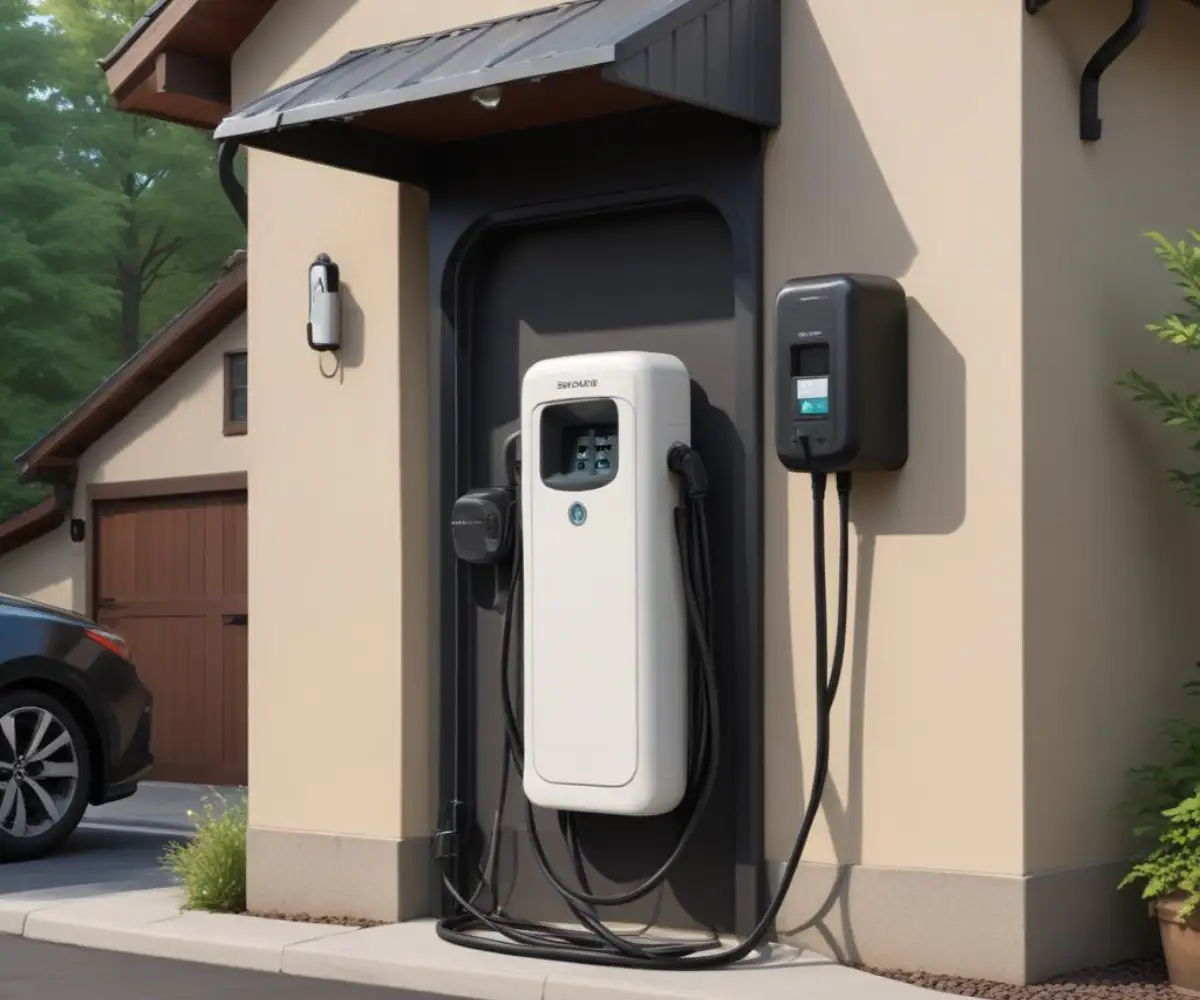
The Real-World Cost of 100-Amp Charging Power
The allure of speed comes at a significant price. While a standard Level 2 charger installation might cost a few hundred to over a thousand dollars, installing a 100-amp circuit is a much more substantial investment. Be prepared for costs that can easily run into the thousands.
Here’s a breakdown of potential expenses:
- The EVSE Unit: High-power, 80-amp EVSEs are premium products, often costing $1,000 or more.
- Electrician Labor: This is a complex job requiring significant time and expertise. Labor costs can range from $500 to $1,500+, depending on the complexity.
- Materials: The 100-amp breaker and heavy-gauge copper wiring are expensive. The cost of wire alone can be substantial, especially for long runs from your panel.
- Panel Upgrade: If your home requires a new 200-amp service, this is the biggest potential cost, often ranging from $2,000 to $5,000 or more.
- Permits and Inspection: This work requires permits and a final inspection by your local authority to ensure it meets code, adding to the overall cost.
Who Actually Needs a 100-Amp Car Charger?
Given the high cost and strict requirements, this solution is not for everyone. A 100-amp car charger is a niche product for a specific type of EV owner. You are an ideal candidate if you meet these criteria:
- You own a compatible vehicle: You have an EV like a Ford F-150 Lightning or Lucid Air that can accept 19.2 kW of AC power.
- You need rapid turnarounds: Your driving habits require you to add over 300-400 miles of range in an overnight session (e.g., you drive long distances for work daily).
- You have multiple EVs: You plan to use a single, powerful circuit with a “smart” EVSE that can split power and charge two vehicles simultaneously.
- Your home is ready: You already have 200-amp or greater electrical service and sufficient capacity in your panel.
The Smarter Alternative: Finding the Right Charger For YOU
For the vast majority of EV owners, a 100-amp circuit is overkill. The goal is not the absolute fastest charge, but a reliable overnight charge that meets your daily driving needs. For this, more moderate and affordable options are superior.
The Sweet Spot: 48-Amp Hardwired Chargers
A 48-amp hardwired EVSE on a 60-amp circuit delivers 11.5 kW of power. This is the maximum rate that most modern EVs (including the entire Tesla lineup) can accept. It’s the perfect match of car capability and charging power, adding 35-40 miles of range per hour and ensuring a full charge overnight for any EV on the market.
Don’t Underestimate the 40-Amp NEMA 14-50
A 40-amp EVSE that plugs into a NEMA 14-50 outlet (on a 50-amp circuit) delivers 9.6 kW. This is still incredibly fast, adding about 30 miles of range per hour. It provides more than enough power to fully charge any EV overnight and offers the flexibility of a plug-in installation.
Planning Your High-Power EV Charger Installation
If you’ve determined that you truly need this level of power, a methodical approach is crucial for a successful installation.
- Confirm Your EV’s Specs: Double-check your vehicle’s manual or manufacturer’s website for its maximum AC charge rate. Don’t invest in hardware your car can’t use.
- Hire a Qualified Electrician: Get quotes from at least three licensed and insured electricians with experience in high-power EVSE installations.
- Get a Professional Load Calculation: The electrician must perform a load calculation to confirm your home’s panel can handle the new circuit. This will determine if a service upgrade is needed.
- Choose the Right EVSE: Select a reputable 80-amp, hardwired EVSE from brands like Ford, Lucid, ClipperCreek, or Porsche.
- Permitting and Inspection: Ensure your electrician pulls the necessary permits and arranges for a final inspection to guarantee the installation is safe and code-compliant.
Conclusion: Power Up Wisely
A 100-amp car charger represents the frontier of home EV charging, offering incredible speed for a select group of powerful vehicles. However, it’s a demanding upgrade that requires a significant investment and a robust home electrical system. For most drivers, the extreme power is unnecessary and unattainable.
The smartest approach is to match your charging solution to your car and your lifestyle. A 48-amp or 40-amp charger provides more than enough speed for reliable overnight charging, is far more affordable, and is compatible with a much wider range of homes and vehicles. Proper electrical planning is key to enjoying your EV, ensuring you can safely power everything from your vehicle to your seasonal decorations, even if you just need to learn how to hang christmas lights outside without an outlet. By focusing on the *right* power, you can ensure a safe, cost-effective, and perfectly convenient home charging experience.

